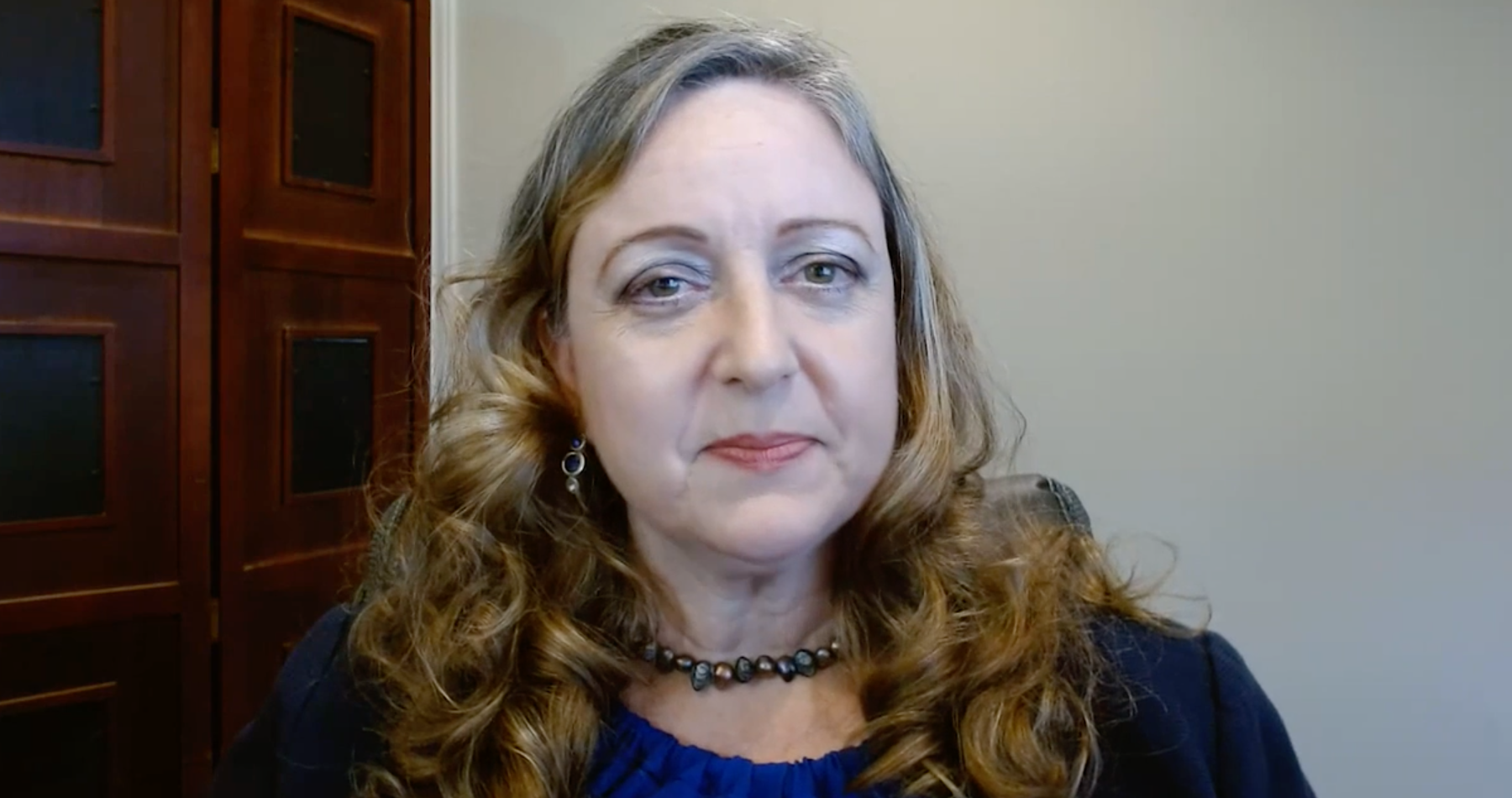Video dominates our online lives in ways that seemed impossible just a few years ago. The ill-fated “pivot to video,” based on overinflated viewership numbers from social platforms looking for their next monetization strategy, turned countless media companies away from experimenting with the format. But the pandemic brought video back in new and unexpected ways.
Marci Maddox, Research Vice President of Digital Experiences at IDC, shared just how true this is in a PLAY Season 1 episode. “By 2024, 80% of the world’s population will be online—many of whom are Gen Z with an affinity toward video. In 2024, consumers will spend upwards of $10.5 trillion online, of which video will be a growing factor in influencing those buying decisions.”
And it’s reaching people in more places than ever before, too. “The pandemic accelerated the use of video by 32%,” said Maddox. “This was everything from virtual events to personal messages. Video content continues to expand its reach to consumers in their everyday lives, at work, at home, or at play.”
As a result, the prevalence of video will require more companies to “think and act like a media company,” Maddox explained. “Video is entertaining. It’s informative. It can also be a way for us to communicate with one another—and try to communicate to our customers, employees or partners in a new, immersive way.”
EMBRACING THE MEDIA COMPANY MINDSET
The time is ripe for companies to start on this journey, because interest in video’s capabilities has expanded beyond marketing teams. “We saw interest in employee recruitment, in learning, in communications, and even in onboarding—some cases for employee onboarding and others for customer onboarding,” said Maddox. “Now, with remote workers, there was a spike in video usage to accommodate executive town halls. And salespeople turn to video to help in their communications in lieu of those traditional in-person meetings.”
To manage these growing use cases, companies have new technology at their fingertips. “More personalized video is going to allow us to use machine learning and real-time data to generate specific calls to action and to drive additional emotional connections,” said Maddox.
One use case for Maddox is in insurance policy renewal. “The marketing team could create a video with the client’s name, plus include historical claims that were made against the policy,” she explained. “You also may be aware of additional purchases of cars or jewelry that would benefit from additional coverage.”
From a customer’s perspective, it’s a no-brainer. “Who wants to go look up the number to call their agent? If we give the users all of that information at their fingertips, now we have not only an instructional video, but we have one that can be a call to action to close a sales deal.”
Further, what used to require expensive hardware and grand production studios now only needs a smartphone, a desktop computer, or cloud-based services. “Ten years ago, organizations that produced video, likely for marketing or entertainment purposes, still found it difficult to handle video consistently,” explained Maddox. “How do I find it? How is it searched? Can I stream it? Does it need to be cached? Does it have geographical reach? Today, organizations can work beyond physical boundaries to capture and produce video content faster.”
DEVELOPING A VIDEO CONTENT STRATEGY
Brightcove’s approach to video content strategy focuses on answering the questions behind “why” and “how” an organization should put video to work. The market tends to get too wrapped up in technology, but our customers ask for advice on how to get more from the video platforms they’re implementing. Our goal is to help organizations realize the business benefits from video, and Maddox offers some helpful tips on where to start.
First, companies need to look at who is creating and who is supporting video within their organizations. “The adoption of video content falls to multiple stakeholders within the company,” said Maddox. “C-suite users are in an ideal position to use video themselves to communicate information to external stakeholders, investors, customers, and to their internal employees.”
Customer support and education teams can also use video more. “Sales, field workers, and other lines of business can look at replacing email, which has been a common method to communicate with their customers,” Maddox added.
Second, review the types of communications that are being sent to customers and to their employees and identify whether or not video would enhance that experience. “It’s just getting into the mindset that these things are possible,” said Maddox.
“Think back to the idea of the renewal of the insurance policy. Would I rather have read a lot of documents on what that renewal looks like, or be guided in the renewal and click to buy at the very end? The latter is more immersive, still informative, and at the end of the day, the level of effort on the customer goes down.”
What does the future hold for companies who make the leap? According to Maddox, “media-oriented companies will work with a variety of video content, from single messages to full, on-demand streaming delivery. And it’s all for the purpose to engage audiences and to achieve specific business outcomes. As you advance, think about using AI and machine learning to assist.”
Creative teams and business users alike will be able to gain insight to customer preferences, said Maddox. “And they will find it just as easy to have a video-based conversation as they did with email, but now with added value for more visual and emotional connection.”
Finally, Maddox advised to continue to evolve your content strategy, using insights that further advance a company’s maturity in thinking and acting like a media company. “Push yourself to understand how video can support you and your customers in this next evolving relationship that you’re building between yourselves.”
At Brightcove, we help you break through the digital noise. Whether your goals are to build followers, drive brand recognition, create pipeline, grow revenue, or communicate with employees, you need a streaming-first strategy and a streaming-first partner.




